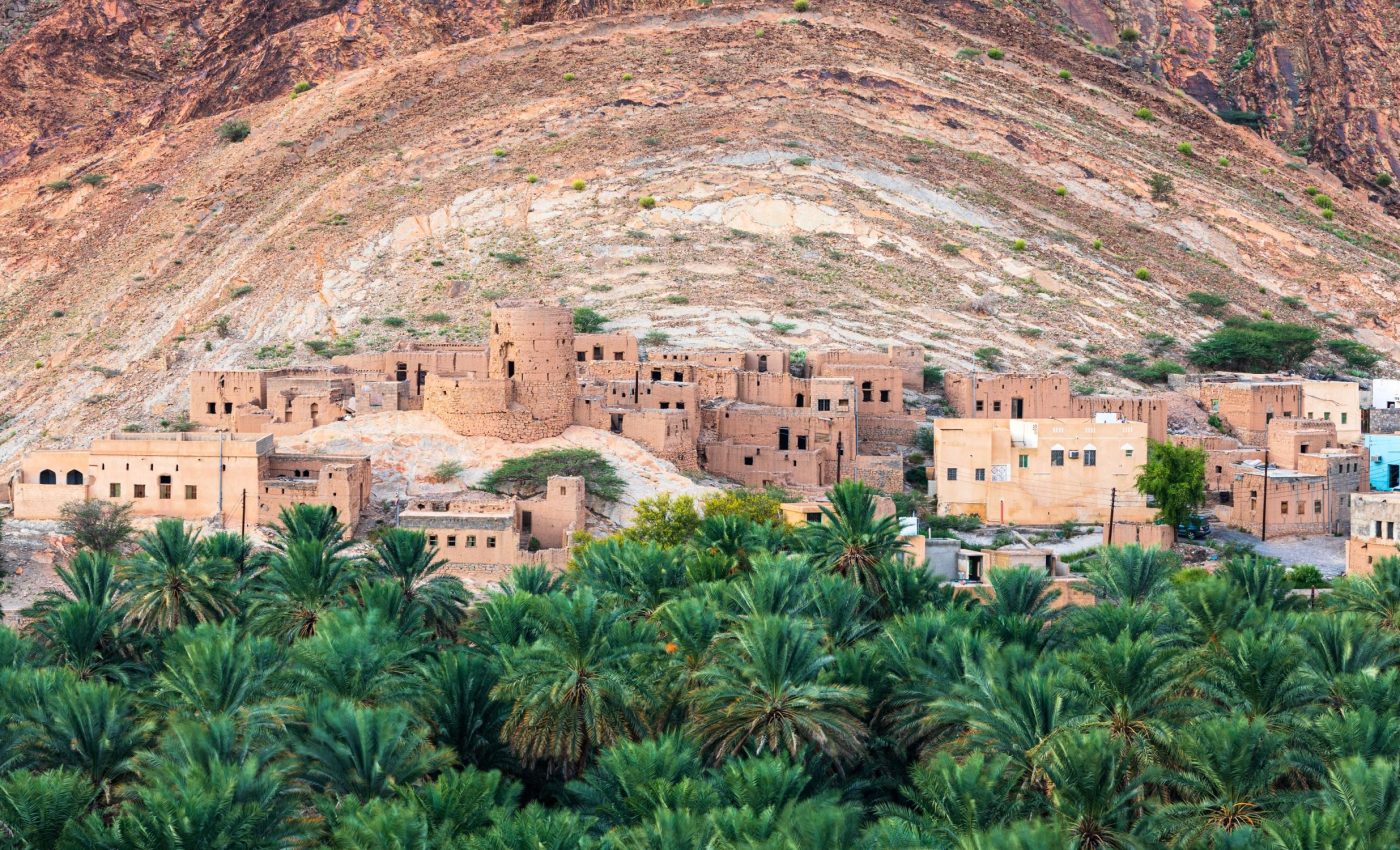
Arabia’s surprising rainfall history: Clues buried in the deep sea
The Arabian Peninsula, known for its severe and arid climatic conditions, might have had a drastically different climate in the past.
A new study reveals that Arabia historically received higher levels of rainfall, shattering notions about the region’s long-term arid climate stability.
The research was conducted by experts from the University of Miami Rosenstiel School of Marine, Atmospheric, and Earth Science.
The findings hold significant implications for urbanization trends in the Middle East, signaling a need for comprehensive planning to combat possible extreme weather risks.
The research emphasizes the importance of harnessing past data for predicting and preparing for the future.
Arabia once had abundant rainfall
Contrary to the present barren desert, Arabia boasted of lush greenery thousands of years ago, sustained by consistent rainfall.
The region, home to a diverse array of wildlife, including lions, leopards, and wolves, was far wetter than it is now in the last 2,000 years.
The researchers investigated the region’s historical rainfall patterns. They found that rainfall was twice as much as it is today 200 years ago, and five times higher 400 years ago.
The results of the study indicate that the region has always been subjected to extreme weather fluctuations.
Consequences of climate variations
The swift pace of urbanization in the Middle East raises concerns about the potential aftermath of unexpected alterations in rainfall patterns. The infrastructure, shaped with the assumption of a stable climate, might not be equipped to withstand sudden climatic changes.
Sam Purkis, the study’s lead author, is a professor at the University of Miami Rosenstiel School.
“As major development projects like NEOM in Saudi Arabia continue to reshape the landscape, these findings underscore the critical need for enhanced climate resilience and disaster preparedness to address the growing threat of extreme weather events in the region,” noted Professor Purkis.
Deep-sea sediments reveal Arabia’s rainfall history
The researchers used deep-sea sediment from a brine pool in the Gulf of Aqaba, part of the northern Red Sea, to reconstruct past rainfall patterns.
The unique chemistry of the brine splendidly preserved the sediment layers for centuries. These layers offer precise records of past rainfall patterns, enabling a more accurate understanding of long-term climate trends.
Recent trends have shown a rise in extreme weather events in the Middle East, heightening the region’s vulnerability to climate change.
The winter of 2024 saw disastrous flooding across the Arabian Peninsula, emphasizing the need for climate adaptation to be prioritized by policymakers, urban planners, and scientists.
“This is a key record to fill in the history of the Middle Eastern climate. What it tells us is that the climate, both the average and the extremes, can change dramatically in this region, and the assumption of long-term climate stability in future development is not a good one,” noted Amy Clement, a professor at the University of Miami Rosenstiel School.
Equipping for a unpredictable future
The study accentuates the need for improved planning and adaptation, as human development in the region becomes increasingly exposed to extreme weather consequences.
It also highlights the criticality of considering long-term climate patterns while designing new infrastructure and cities.
Scientific advancements have significantly bolstered climate research, permitting a more accurate understanding of historical climate patterns.
“Utilizing the technology on OceanXplorer in combination with multidisciplinary experts in ocean and climate science we can further our understanding of the linkages between ocean systems and long-term weather and climate trends, to help at-risk areas be ready for the future,” noted Mattie Rodrigue, science program director at OceanX.
Learning from Arabia’s rainfall history
The study, A 1,600-Year Record of Extreme Rainfall in Northern Arabia, is pivotal in understanding how the climate of the Arabian Peninsula has evolved over the centuries.
While we might not have the power to control natural climate changes, it is within our capacity to determine how effectively we adapt to these variations.
Therefore, it is imperative for governments, researchers, and urban planners to collaboratively create a future that effectively navigates the challenges posed by a rapidly changing climate, drawing valuable lessons from the past.
The study is published in the journal Science Advances.
—–
Like what you read? Subscribe to our newsletter for engaging articles, exclusive content, and the latest updates.
Check us out on EarthSnap, a free app brought to you by Eric Ralls and Earth.com.
—–













